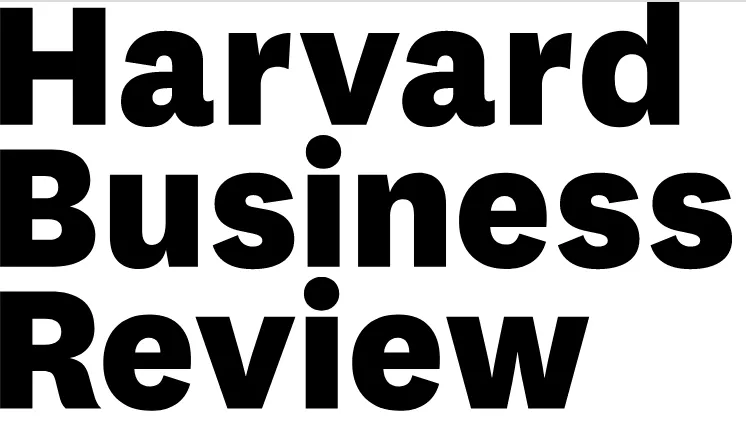Learning Through Experience
I thought back to job experiences over the years and all of the knowledge I gained while earning my Bachelor’s in Communication and Master’s in Human Resource Management. I found organizational behavior very interesting and this lead me to the field of strategic HR where I sprouted a passion for company culture and employee engagement.
Little of This, Little of That. But Much of the Same.
I have worked for quite the assortment of employers, all having good and not so good attributes, but each having taught me valuable lessons. I worked for a very large conglomerate in banking sales and marketing. There I observed many attempts at engaging employees through monetary rewards, yet I witnessed nothing but high turnover. In the small family-owned waste and recycling environment I learned of a completely different set of great company values but still, a much-disengaged workforce for a number of reasons. From there, I moved on to a completely different industry, government. This was poles apart from any place I had worked. Sadly, I quickly learned of the rigid and bureaucratic nature of a state-funded job. I will say, over recent years there have been pockets of positive change as the government has started a push toward telework. Positions that were once deemed brick-and-mortar desk jobs have proven successful with telecommuting employees in them.
The Eye Opener
Then came along the corporate job in the merchant services industry with a company where the culture and processes were less traditional (from my experience). Although I worked for headquarters in a fancy building, a majority of the company worked remotely around the world. I, too, got a taste of the telecommute sphere. (I worked from home several days a week and sometimes for weeks at a time). I took notice in how smoothly everything ran when none of my direct team members worked anywhere near me. Calendaring done in a way to have video conferencing at times where people in six different countries could be available. Equipment deployed to new hires swiftly with all the security gadgets in place. Weekly team teleconference meetings (Wednesday’s at 9:00am to be exact) to touch base and get on the same page. Central repositories to store data to be accessible to those in and out of the office. Fundraisers and field trips to simply bring people together, including flying people to Atlanta (hq location). I helped plan several employee engagement events and assisted with the 20th anniversary campaign. I saw the direct impact these systems and events had on the employees. This is when I realized just how important employee engagement, and a culture that supports such strategies, is fundamental to organizational success.











